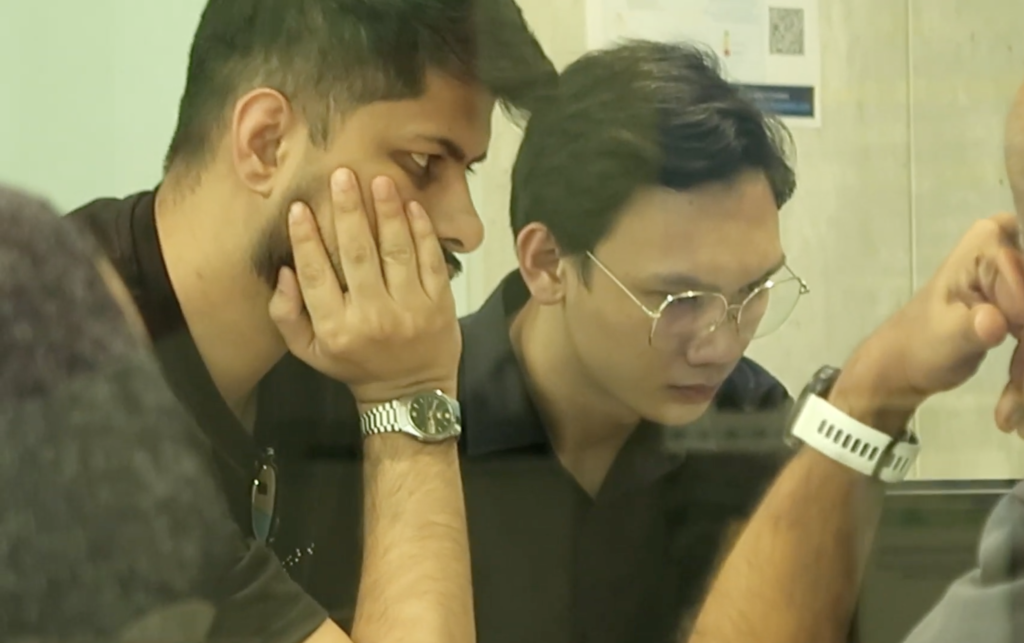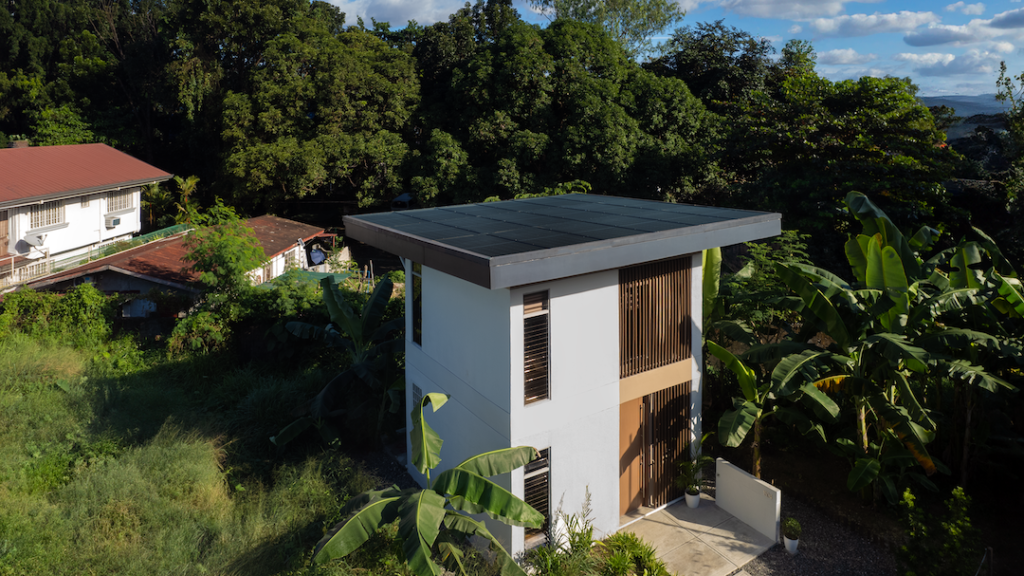The article below is written by Architect Kenneth Velasco.
As a new architect in the sustainable housing field, I was intrigued by EDGE and its promise to provide a competitive advantage in the world of construction. The process itself taught me lessons beyond the technicalities of completing an application. Navigating the process for the EDGE certificate turned out to be a transformative experience — not just for my career development but also for personal growth.

Exploring EDGE Certificate
EDGE is an innovation of the International Finance Corporation (IFC), a member of the World Bank Group. It stands for “Excellence in Design for Greater Efficiencies” and is a green building certification system designed to make buildings more resource-efficient. The goal of EDGE is to help developers and builders create structures that are not only environmentally sustainable but also cost-effective to construct and operate.
I stumbled upon EDGE during my time as an architecture student at Far Eastern University – Manila. Little did I know that I will later be dealing with research, design, and the EDGE Certification as a part of my role at BillionBricks. As someone passionate about building, it immediately resonated with me.
Surprisingly, I didn’t expect the application to take this long as we are now at the third audit . This exploration offered a blend of real-world projects, structured learning, and networking opportunities that seemed to align with my aspirations, especially its emphasis on reflection and self-directed growth, an aspect that other certifications often overlook.
Starting the Application
The application process began with a deep dive into self-assessment. I had to articulate my goals, identify skills I wanted to develop, and outline how the EDGE certificate aligned with my broader career trajectory. Fortunately, research and design is a path I want to pursue throughout my career. This isn’t just a paperwork exercise; it’s a chance to pause and think critically on both personal and professional matters.
One unexpected challenge was crafting a compelling narrative because the previous architect who’s handling the certification left to pursue teaching. I was left to manage the entire application process myself. Fortunately, other teams from the company didn’t hesitate to help in the application; such as the operations team helping out with legal documents, and the marketing team supporting me in creating narratives and documentations. I had assumed I knew what I was doing, but halfway through the application process, I realized how much I still needed to learn and explore. Categories in “Energy and Materials” forced me to dig deeper about architectural sustainability. While daunting at first, this introspection became one of the most rewarding parts of the process.
Gathering Evidence
A unique aspect of the EDGE application was the requirement to showcase evidence of the project’s power and worth. This involved compiling legal documents, construction drawings, supporting papers, and presentations for easy referencing of the auditor. While organizing these materials, I noticed patterns—newfound strengths I previously underestimated and gaps I overlooked. For instance, I always considered myself as an effective communicator with suppliers, but reviewing the documents highlighted some areas for improvement .
Reflecting on my experience, the EDGE certificate application was much more than a step toward professional certification—with the first audit starting in August of 2024. For the past few months, I encountered several challenges like subpar referencing and communication to engineers/suppliers. Through these trials I gained the following lessons:
- Self-awareness: The introspective nature of the application helped me better understand my strengths and passions. Learning when to initiate as well as pausing follow ups to maintain a harmonious relationship with other stakeholders.
- Resilience: Overcoming challenges during the process reinforced my ability to adapt and persevere. As this application is a rough road to take, consistent ideas and problems occur so character of resiliency is needed until the end.
- A sense of achievement: Completing every audit felt like a victory in itself, irrespective of the final decision. Although a few steps are still needed, it is important to acknowledge the progress of the application.
Advice for Aspiring Applicants

EDGE certification is a long process however we can take a few steps forward to lessen the hassle and difficulty. Therefore, my advice to aspiring applicants will be to:
- Start early: Allow ample time to reflect, familiarize yourself with the process, and gather documents. Long buffer time is needed especially if the construction is ongoing, because software needs to be updated as per the plan’s revisions and changes.
- Seek feedback: Share your drafts with mentors or peers to gain new perspectives. From my experience, our CEO Prasoon Kumar, checks my computation and presentation for feedback to ensure that the submission is cohesive. Remember that the submission reflects the whole company, not just you.
- Embrace the process: Treat the application as an opportunity to grow—a valuable learning experience for your career and as a bonus, a chance for personal development as well.
The EDGE certification journey transformed my understanding of sustainable architecture, bridging the gap between academic concepts and real-world application. While architecture school equipped me with design fundamentals, EDGE certification provided the technical framework to translate sustainability theories into measurable, impactful solutions.
Today’s architectural education stands at a crucial intersection. While our schools excel at nurturing creativity and innovative design thinking, there’s a pressing need to integrate practical sustainability metrics and certification processes into the core curriculum. The EDGE certification process revealed that sustainable design isn’t just an ideological choice—it’s a technical discipline requiring specific expertise, data-driven decisions, and systematic documentation.
For architects considering this path, EDGE certification offers more than just a credential—it provides a structured methodology to transform sustainable design principles into quantifiable outcomes. As our industry evolves to meet urgent environmental challenges, bridging the gap between design education and sustainability certification becomes not just valuable, but essential for creating meaningful architectural solutions.



